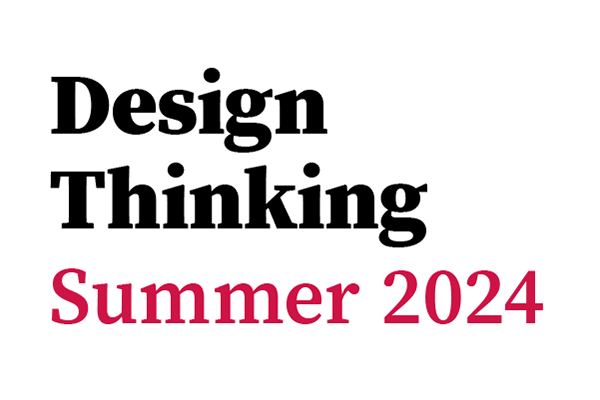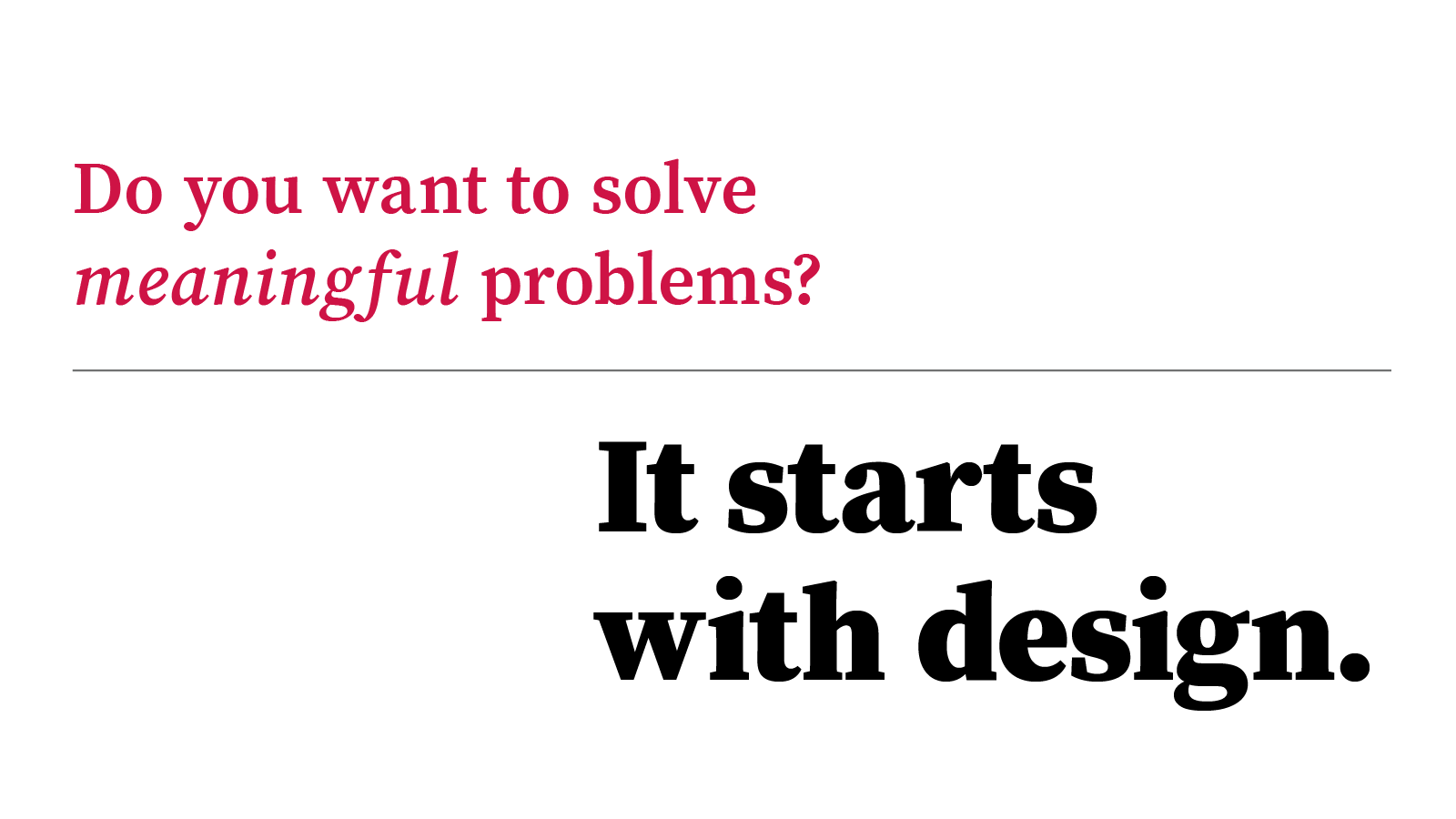Design Thinking Courses offered summer 2024

The Department of Design is offering two courses this summer. Both directly tackle the field of Design Thinking (as part of the department’s Design Thinking Minor). The aim of these courses is to prepare students to define and unlock creative sets of solutions to complex problems. Tomorrow’s problems are either ill-defined or not yet know.
Courses are both online and asynchronous to work around your other summer plans:
Design 3305 - Visualization as Thinking
The aim of this course is to understand that creativity is a leadership skill. It introduces diverse ways to communicate new ideas, depending on the audience and complexity of the problem area. Students learn how to demonstrate a range of visualization techniques that support peer-to-peer communication, brainstorming, and foster team dynamics.
Design 3505 - Presentation as Thinking
The aim of this course is to learn to leverage visual literacy in communication. It introduces students to design principles that foster efficient and effective communication. This course teaches how to present and critique work, so that students, either as presenters or reviewers, can offer valuable insights for improvement, or refinement of their own communication skills.
Both courses focus on the student’s critical thinking development, by efficiently and effectively addressing the complexity that often surrounds unmet or unrealized people’s needs. Each course invites students to progressively discover the design thinking methodology—providing them with tools and opportunities to practice, using their own voice to identify and qualify meaningful problems, offering their understanding towards establishing goals, and developing their perspective toward different sets of solutions.
PROBLEM FRAMING - There are many ways to approach design thinking, but they all require proper identification of the problem, a refined definition of what outcomes are expected at various levels (macro-meso-micro) and an understanding of what success looks like. Complex problem solving runs the risk of treating the solutions as the goal,
or rushing too quickly to the first acceptable solution, which weakens the entire process.
CREATIVITY - To engage in design thinking, being creative is necessary but not sufficient—students need to learn how to become creators, i.e., actors of their own creativity. The power to create is the power to express oneself through innovation. This creative process is introduced through four complementary activities: Doing, Adapting, Making, and Creating. Students start at a basic level of problem solving by “doing”; over time they develop proficiency in making and testing their ideas; ultimately, they gain competency and become “creators,” using their perspective, experience, and knowledge to generate something that did not clearly exist before.
MAKING - Ideas can only turn into innovation when they are expressed, assessed, and tested against a goal. Making allows ideas to take form. This benefits students when their ideas have a physical quality to clearly embody their thinking. Teams are able to respond and fully engage as soon as visualizations excite and activate brain chemistry in a way words alone cannot.
To learn more, visit go.osu.edu/designminor.

